Dance && Code
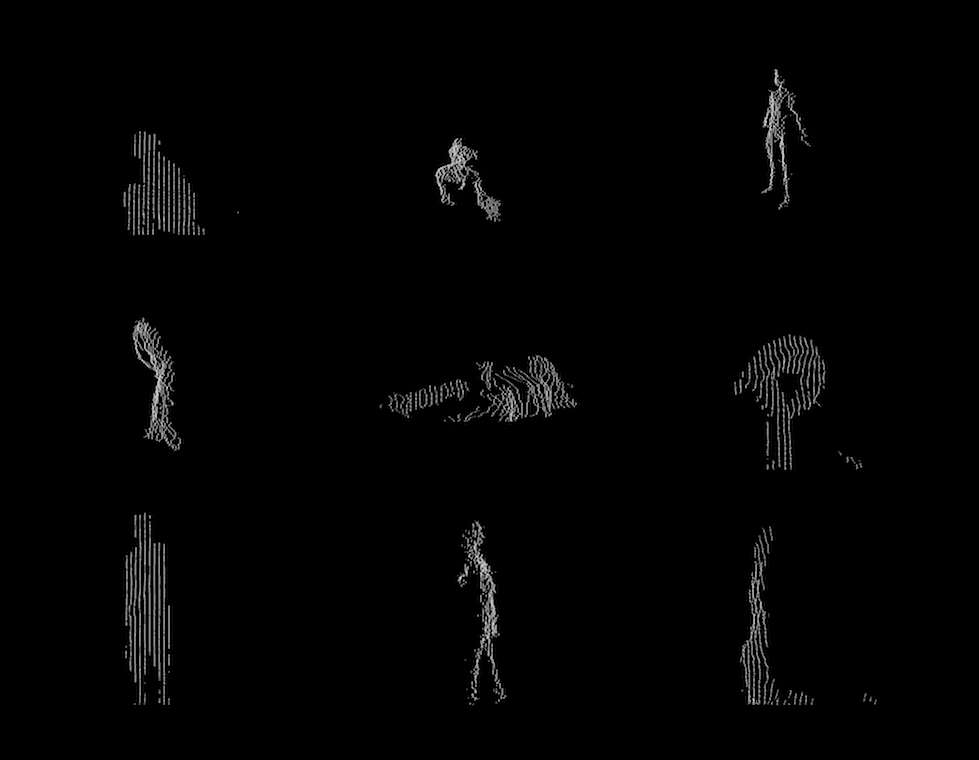
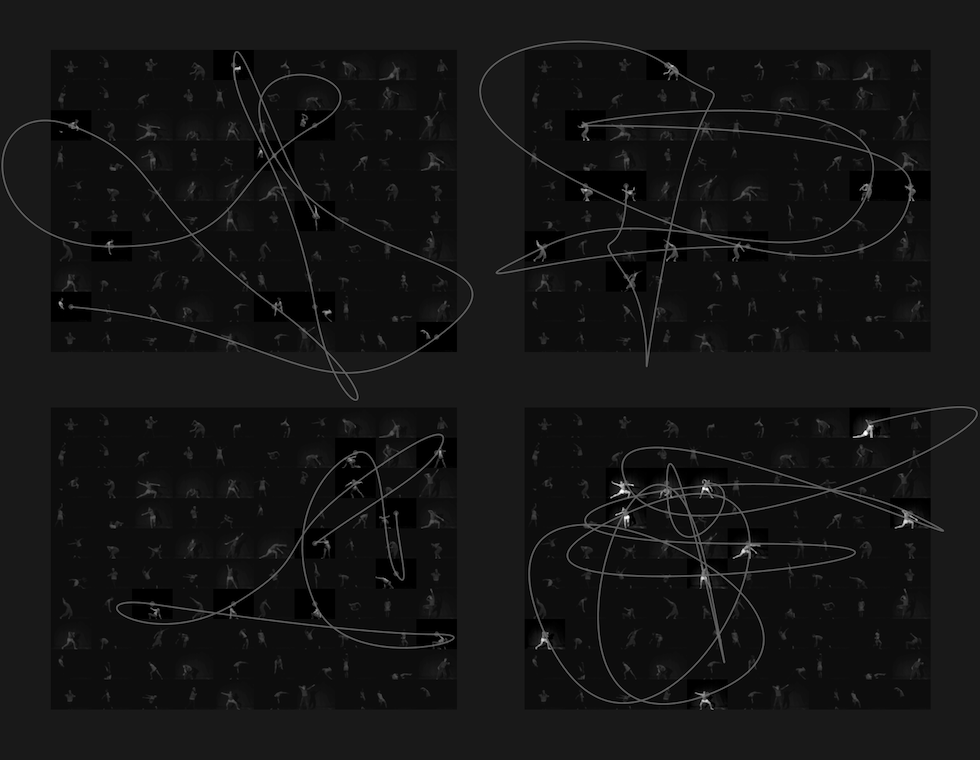
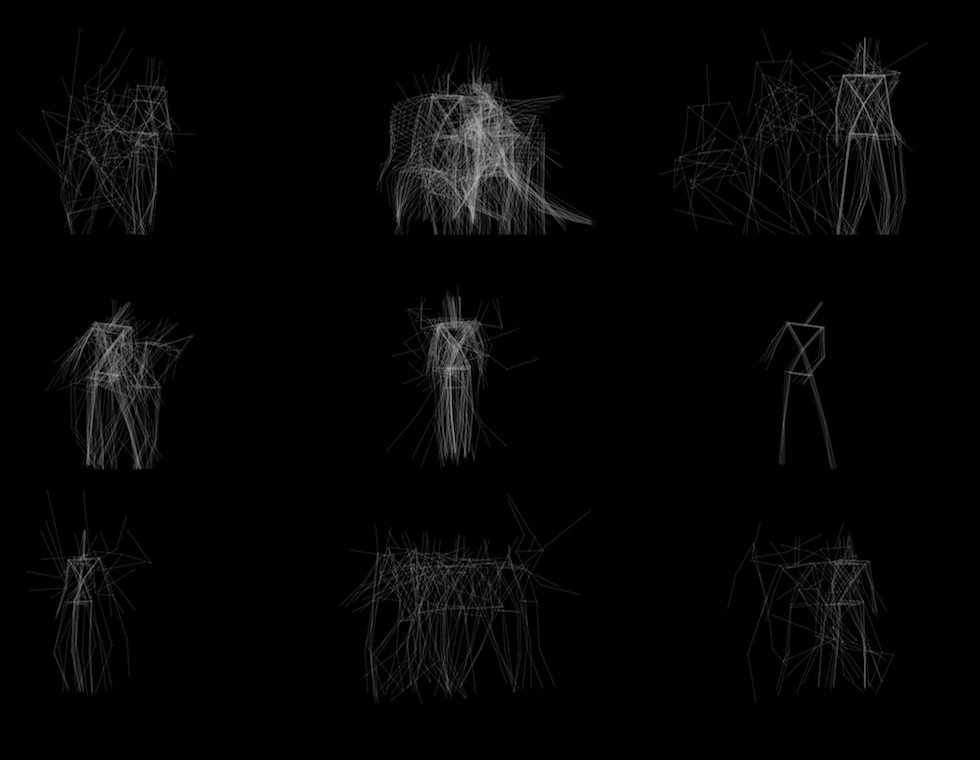
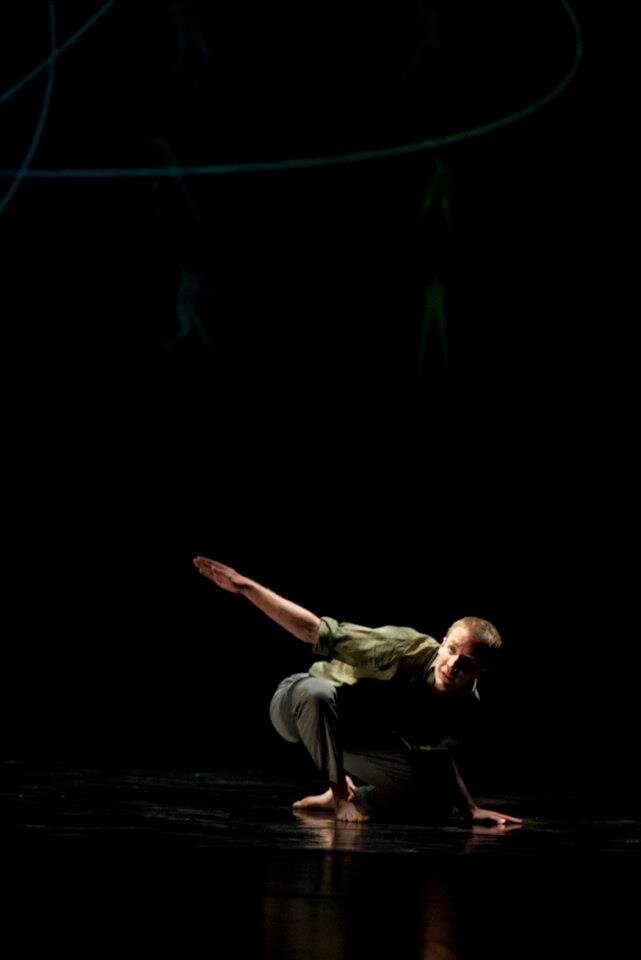
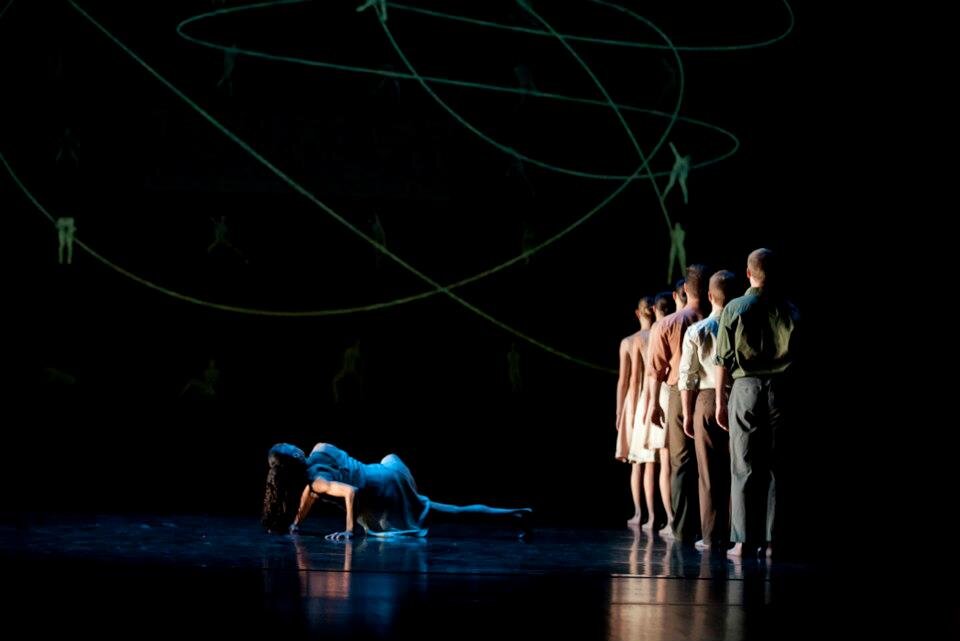
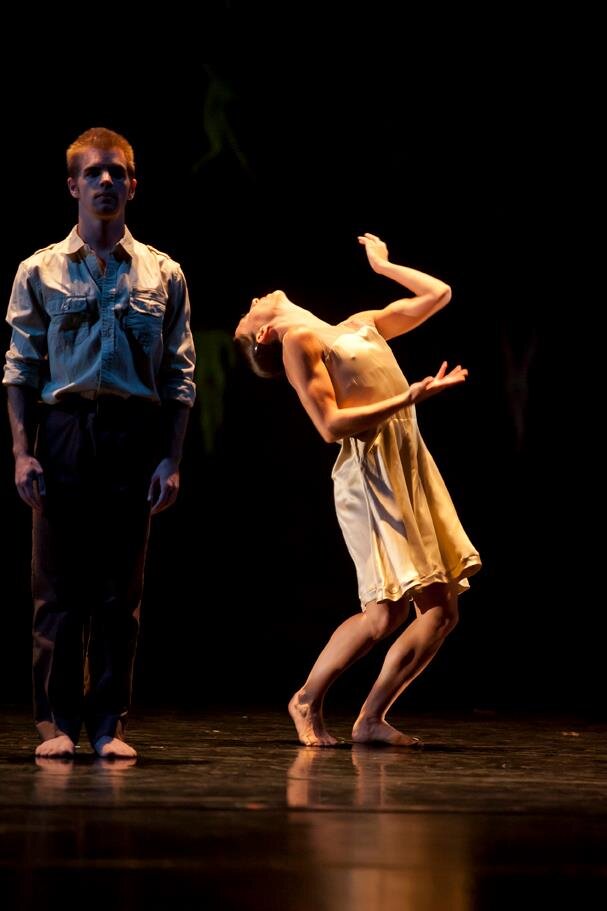
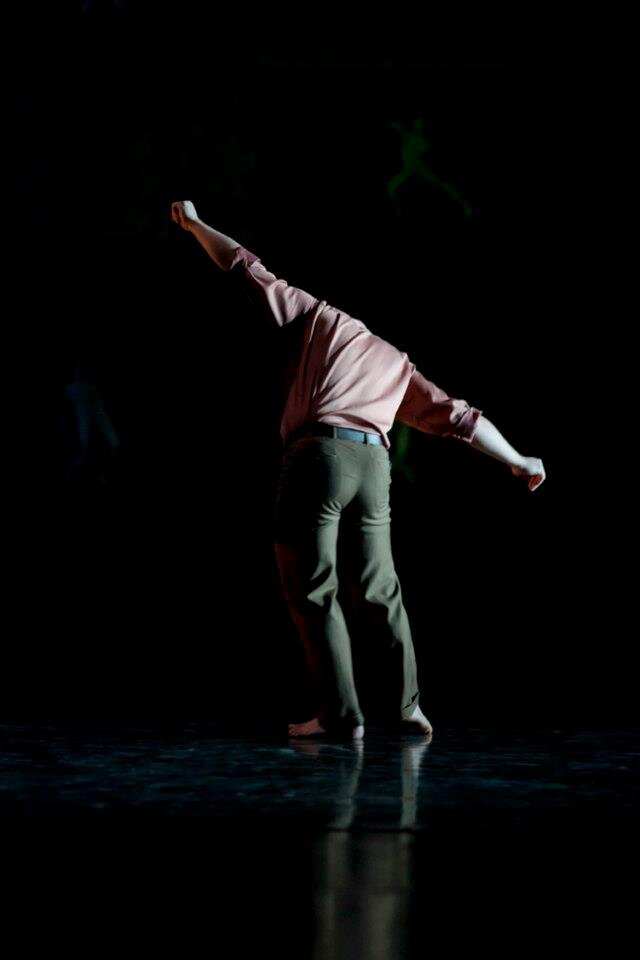
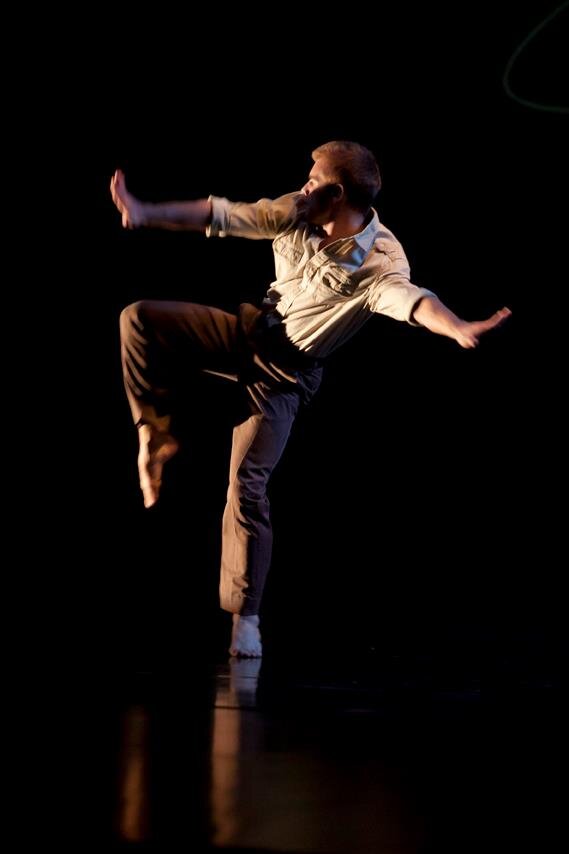
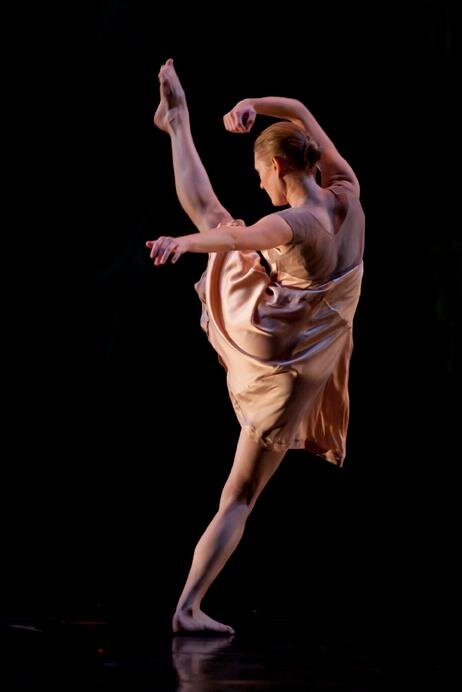
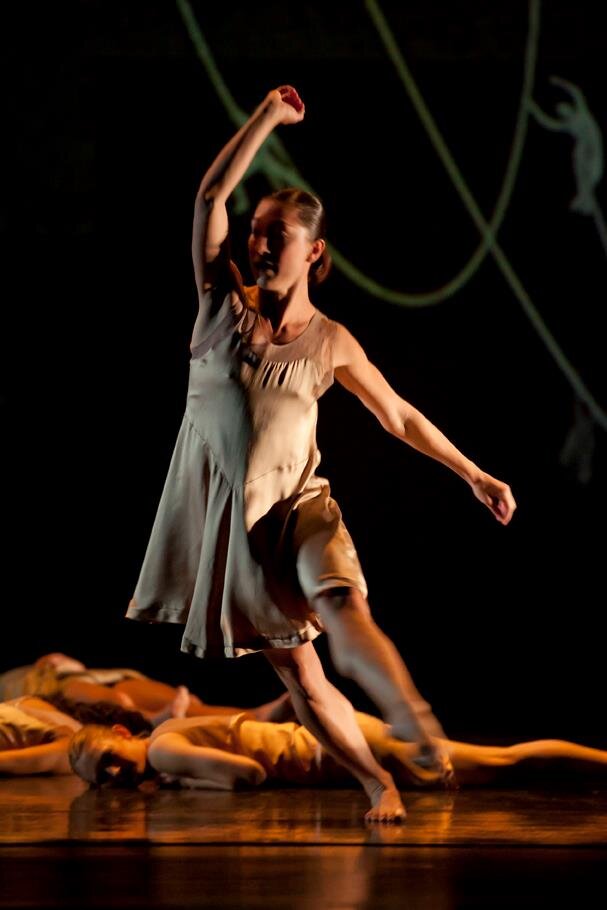
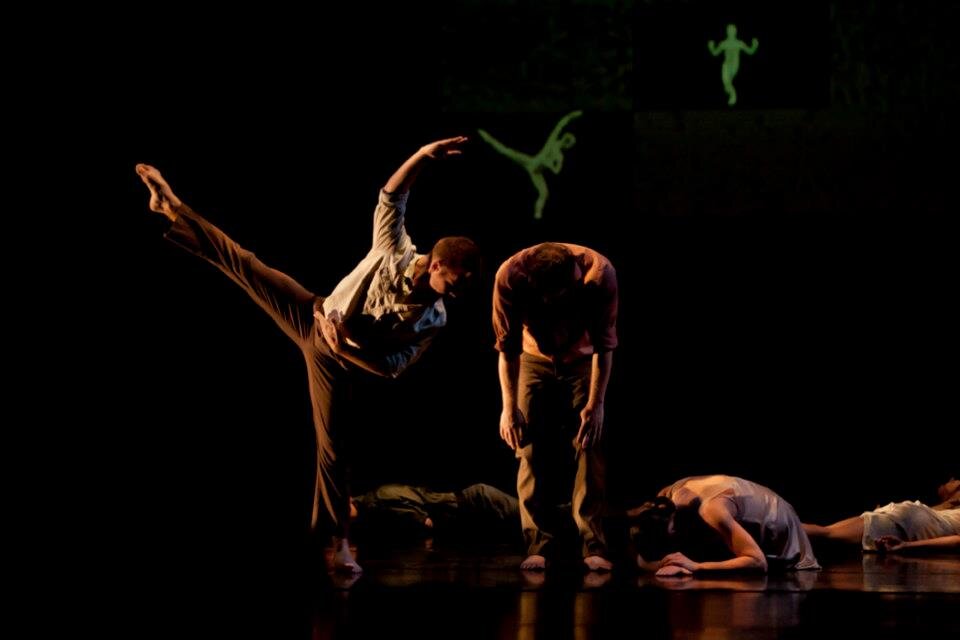
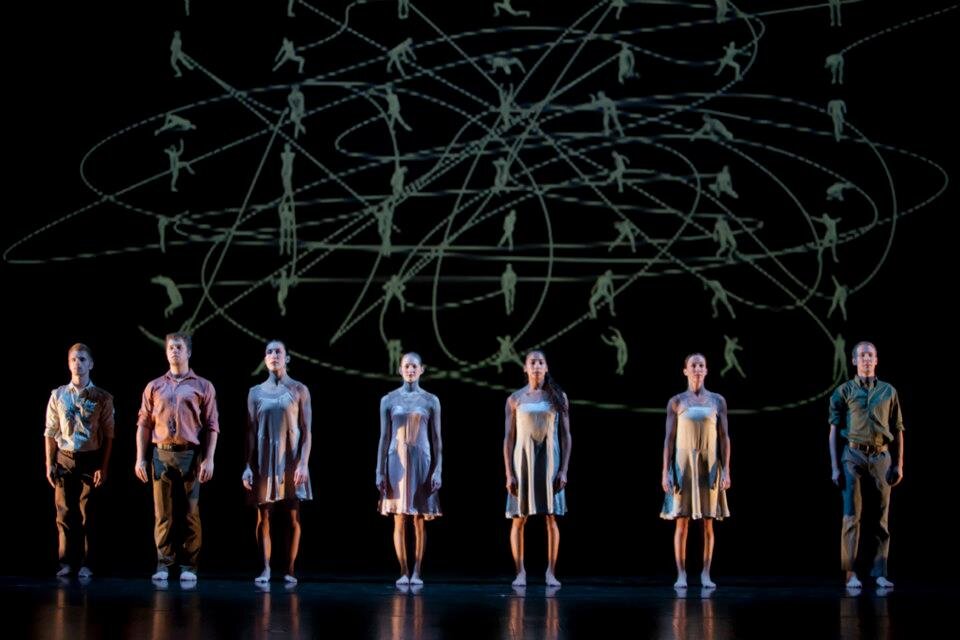
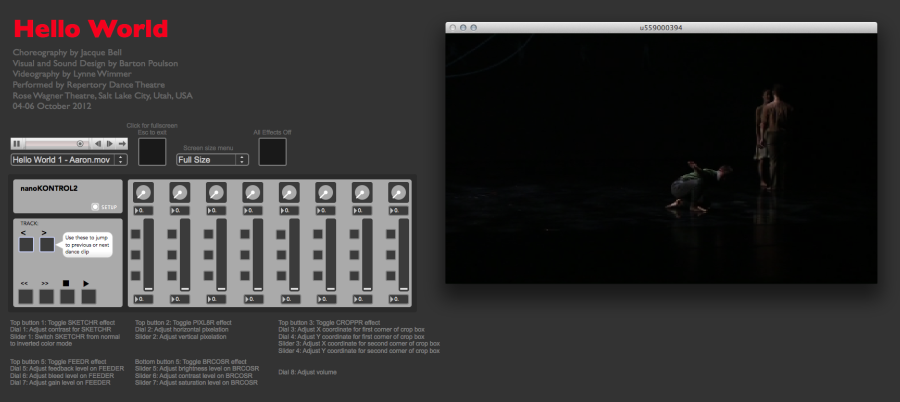
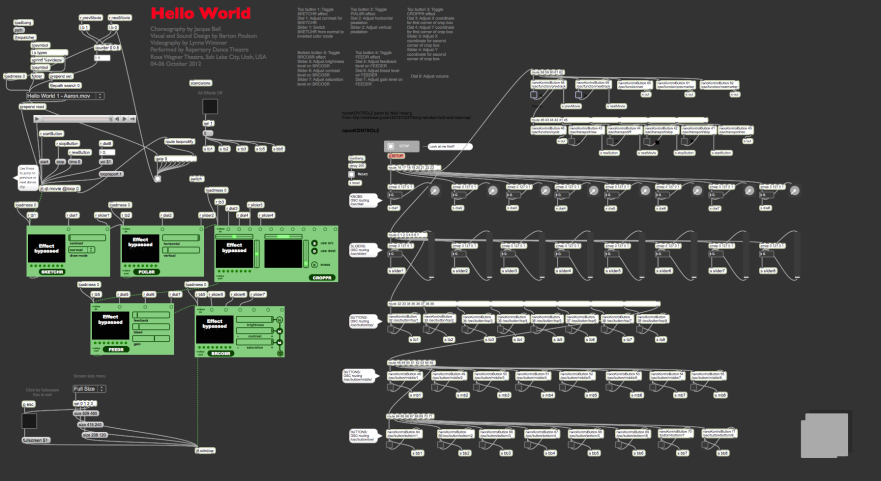

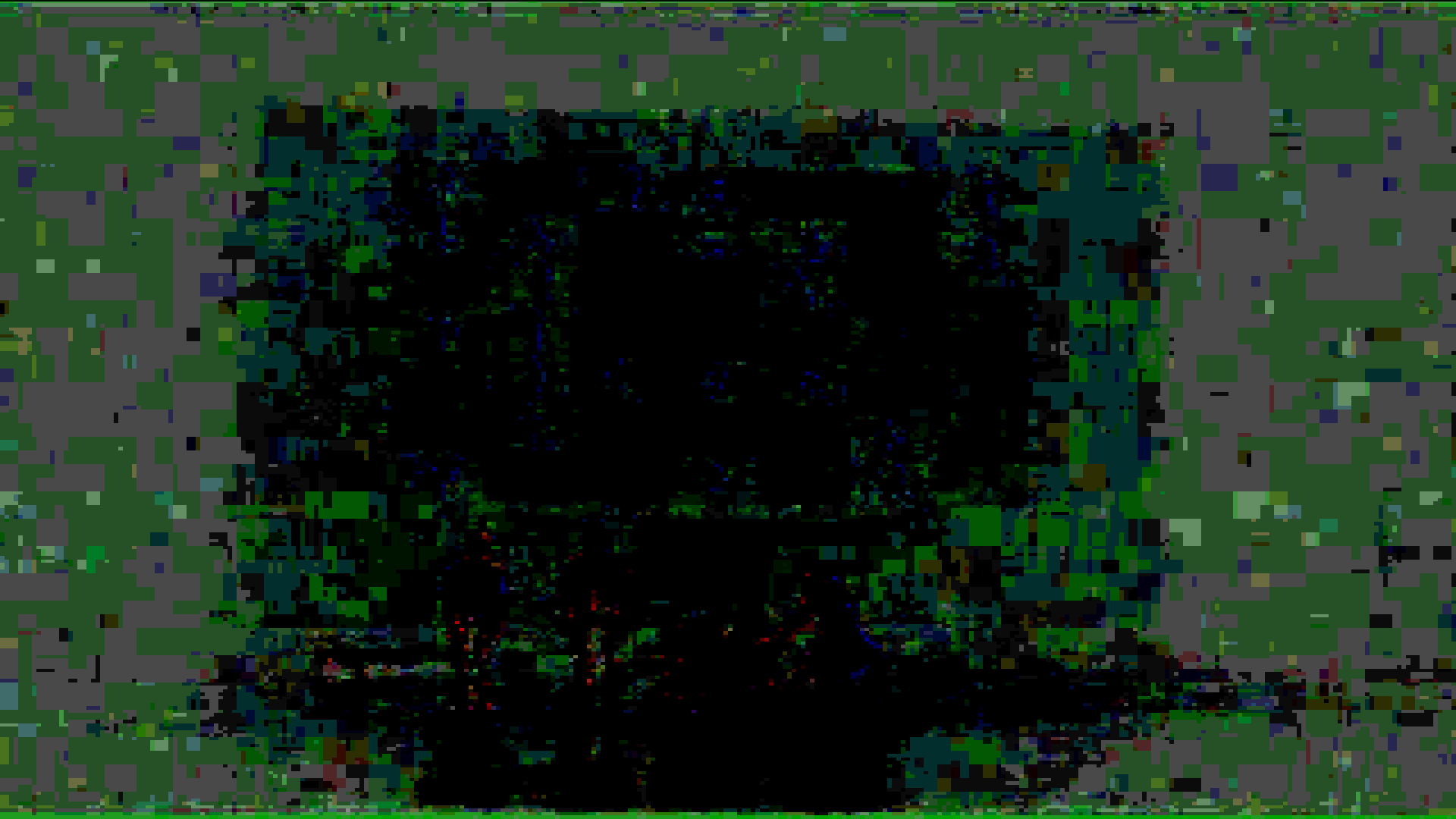
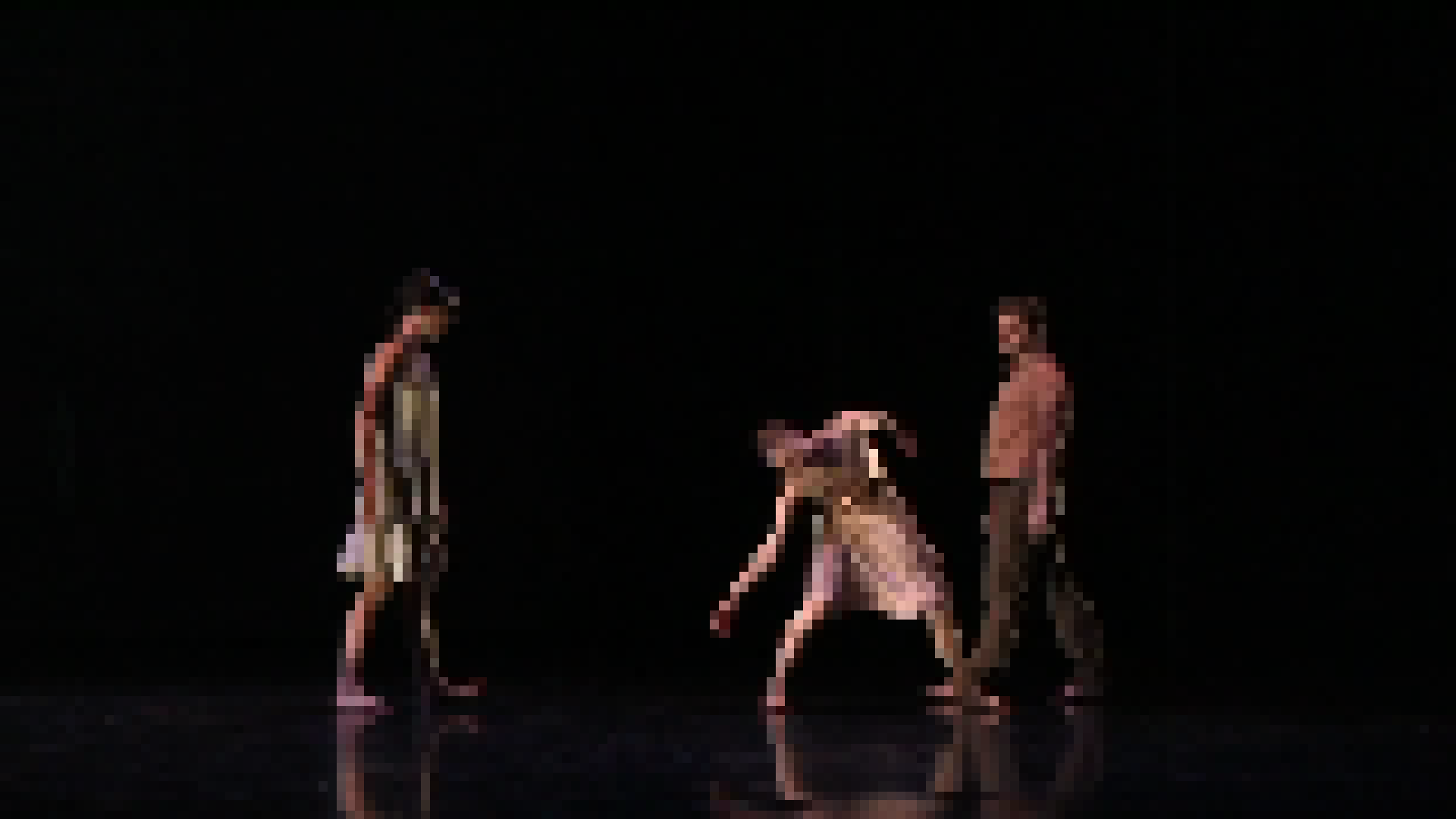
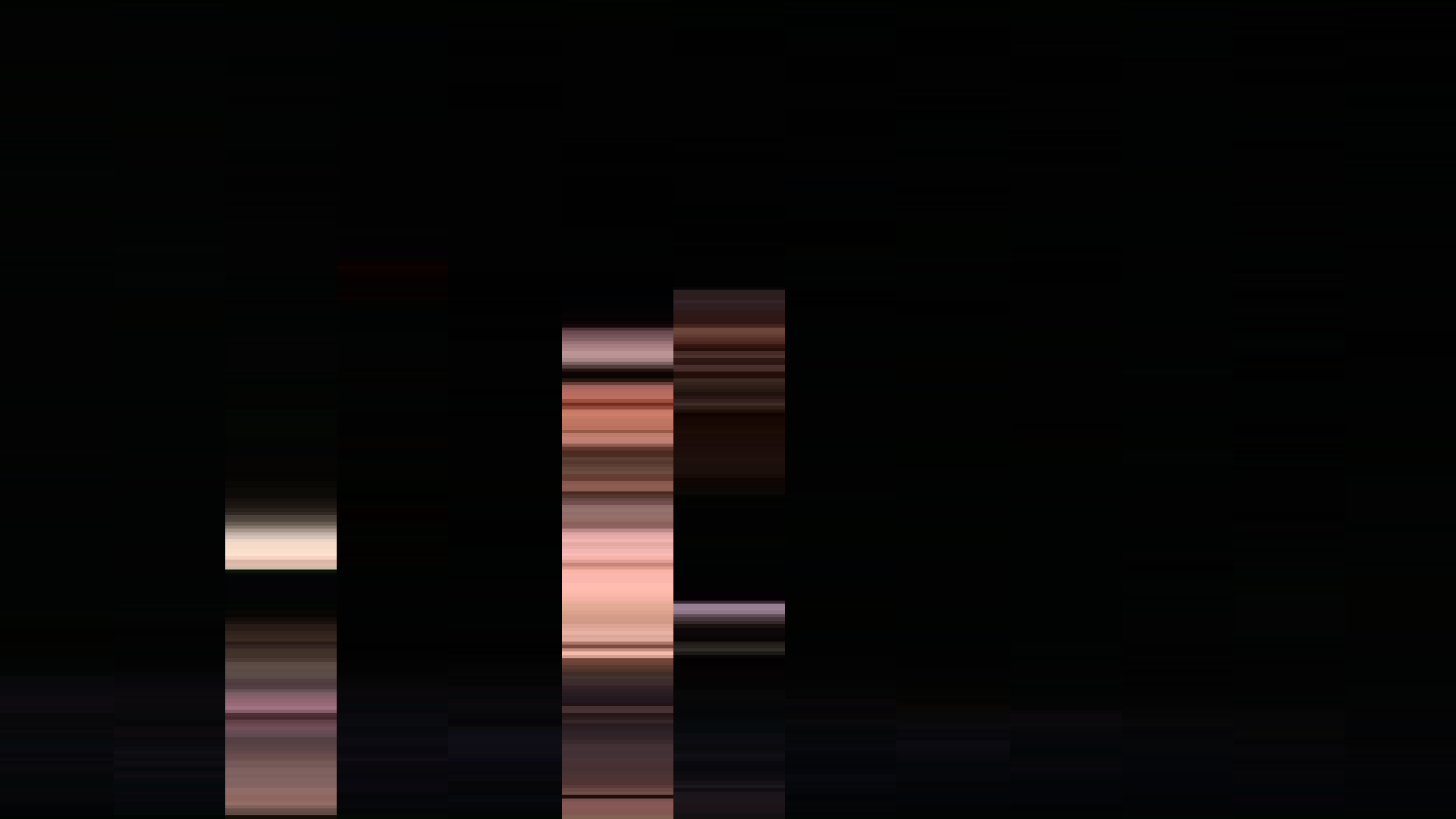
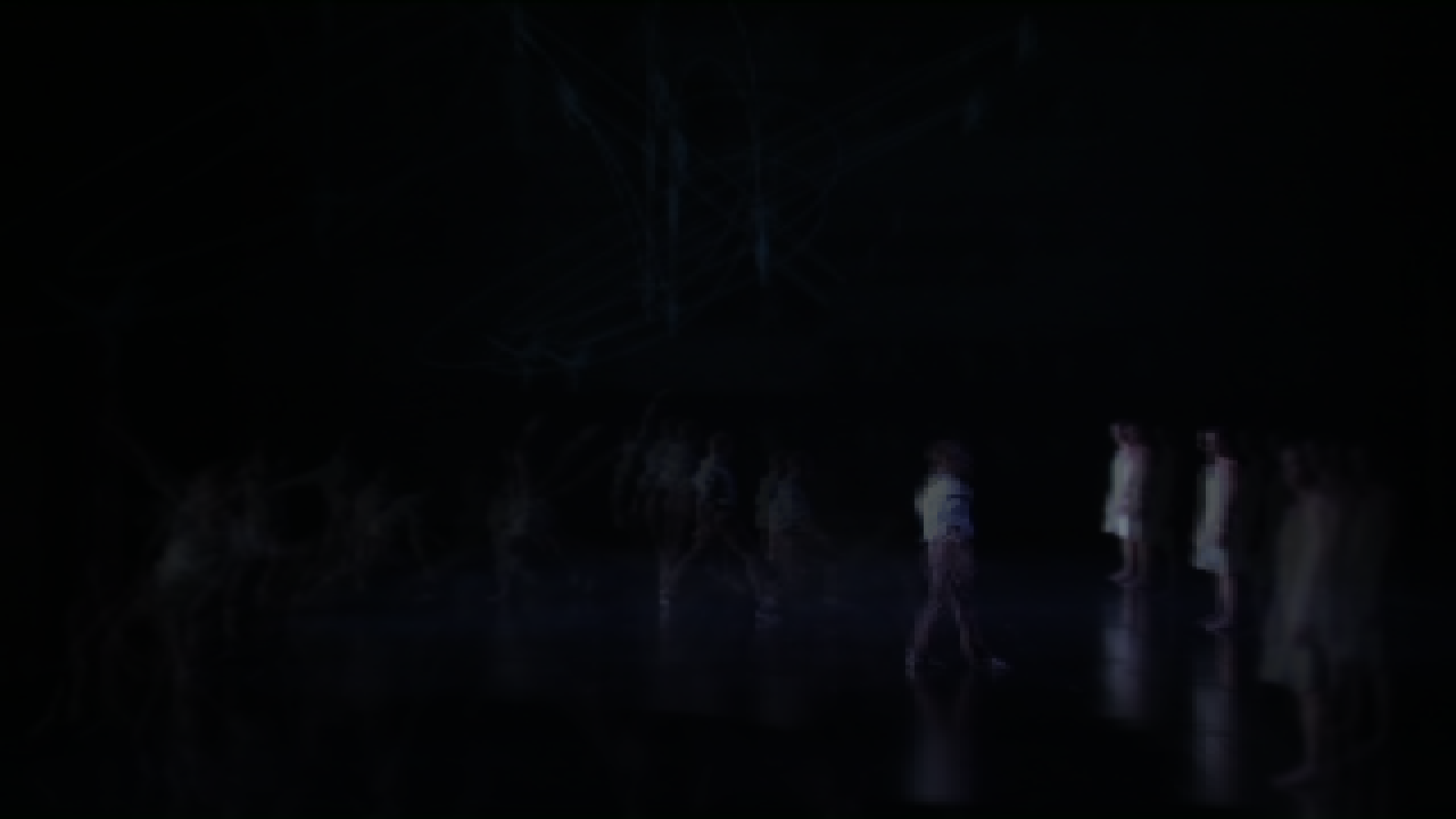
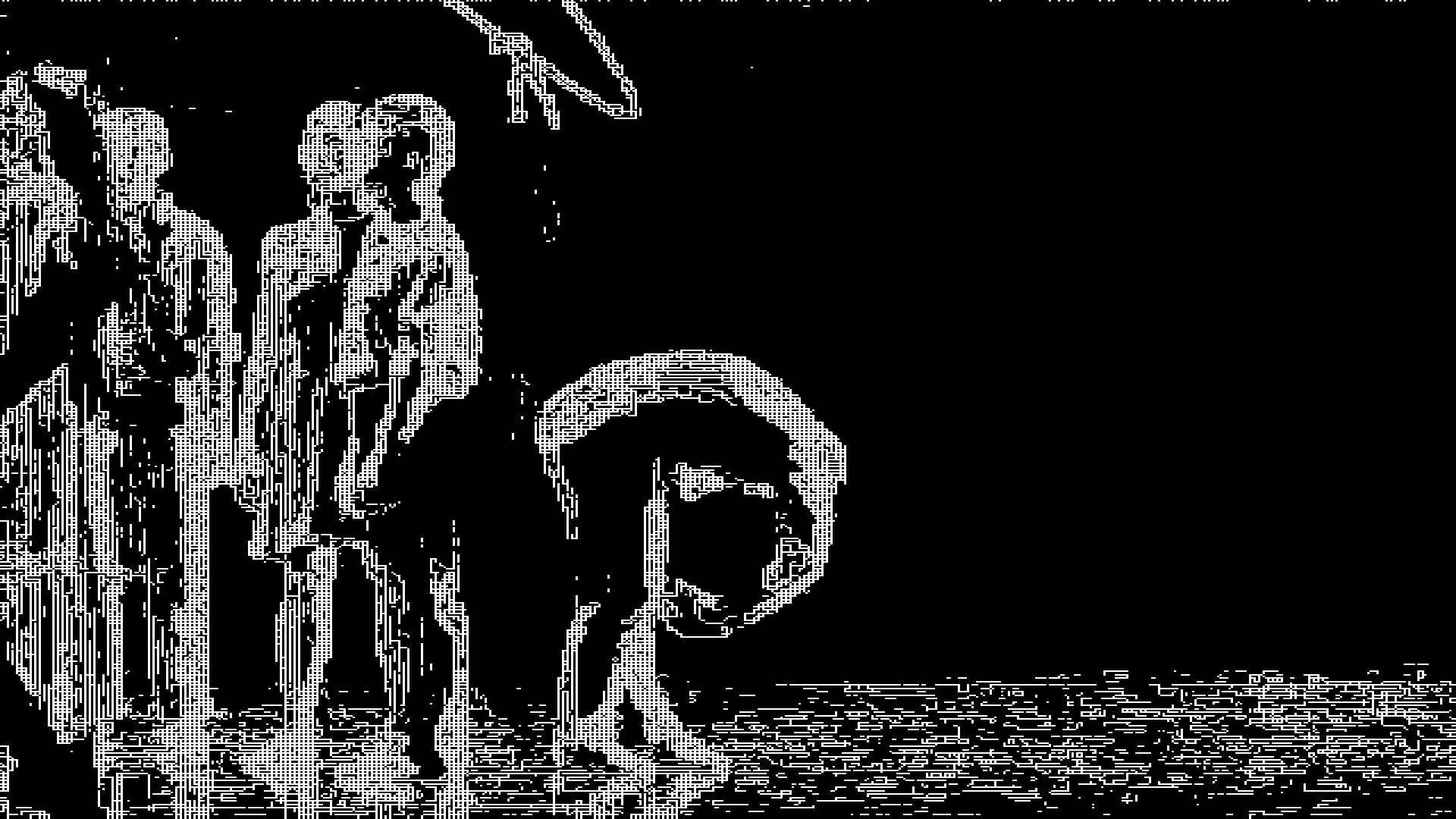
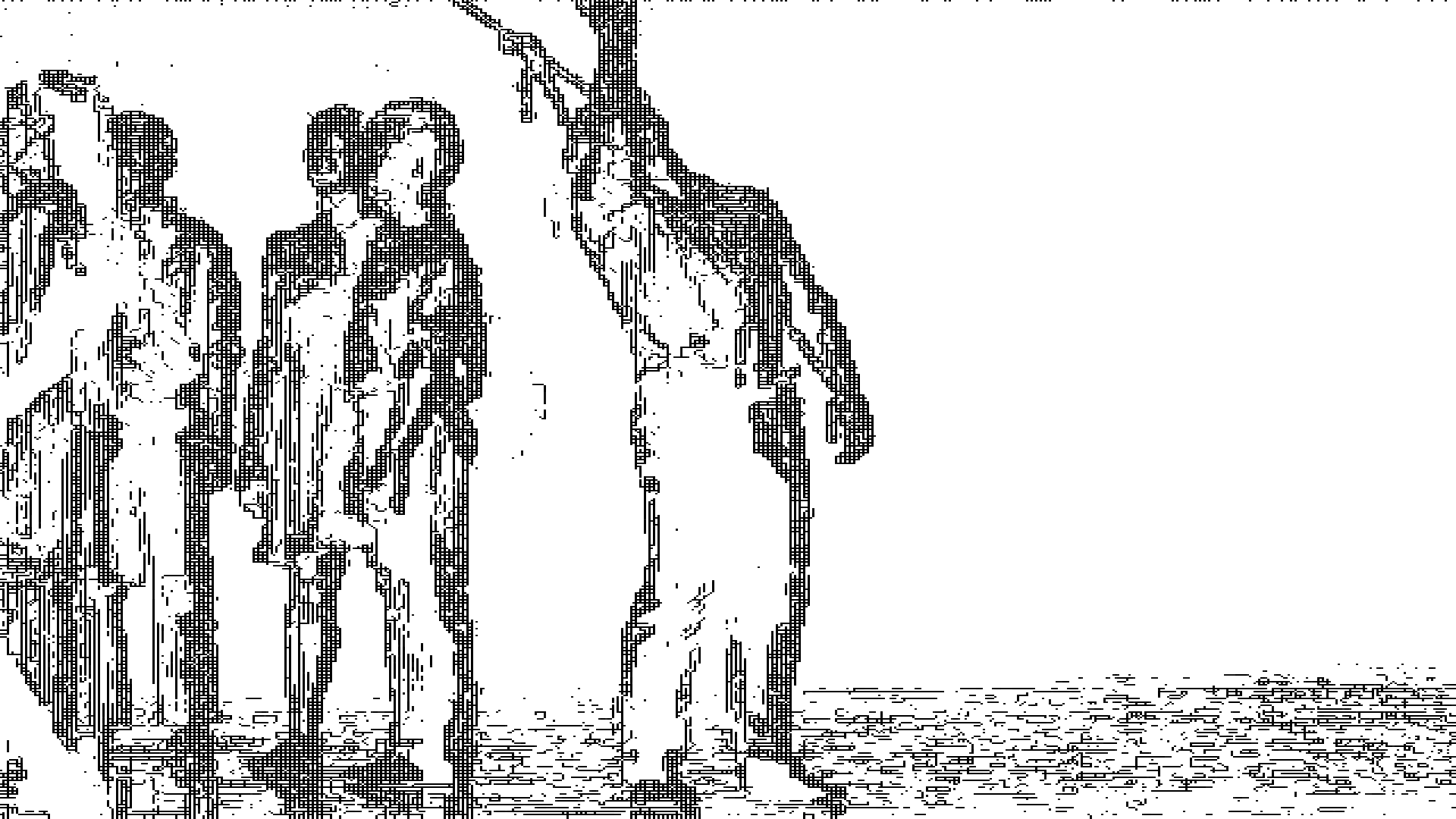
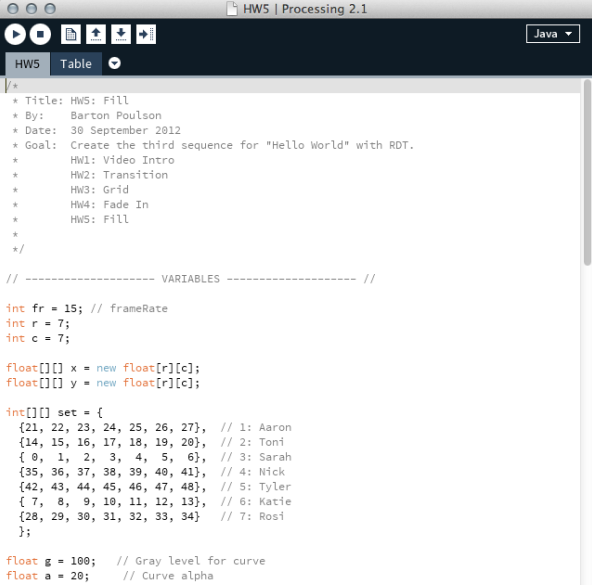

Dance && Code is a series of projects designed to integrate creative coding into modern dance. Because most people are familiar with either one side of this equation or the other – but not both – a few words of explanation are in order.
Modern Dance
First, these projects focus on modern dance or what might be called twentieth-century concert dance. (Here’s what Wikipedia says, but also see the entries on contemporary dance and contemporary ballet, which are related.) There is inherent risk – and inevitable futility – in trying to define any art form, so it may be most productive to simply give examples, such as this video:
Creative Coding
Next, creative coding refers, essentially, to creative or artistic work done via computer programming. This is not to be confused with the creative work that people do when they use computer programs like Photoshop or Final Cut Pro. Instead, it refers in part to creativity in the creation of the programs or tools. Here’s a short PBS clip that introduces the concept:
And a note about the double-ampersand or “&&.” In math this is known as the “logical conjunction” but in computer programming it is known as the “logical AND” or the “AND gate.” It’s how programmers say “both of these things must be true at the same time.” That is exactly the goal with the Dance && Code projects: The dance and the code go hand in hand, each supporting but not supplanting the other.
Live Looping
Dance && Code was inspired primarily by an artist working outside of dance: cellist Zoë Keating. She uses electronics to create loops and layers of her music while playing live, making the sound much richer than possible as a solo cellist. At the same time, the technology is essentially invisible: unless you’re intentionally looking for the foot controllers and laptop, you don’t notice them; you just hear the music. It’s seamless. You can see her in action below:
(By the way, Zoë Keating is far from the only musician to do live looping, as it is called. Some personal favorites include cellists Julia Kent and Hildur Guðnadóttir, bassist Steve Lawson, saxophonist Håkon Kornstad, and vocalist Georgina Brett. But it was through Zoë that I first learned about live looping and came to love it.)
The simple but ambitious goal of the biggest Dance && Code project – “Dance Loops” – has been to do a similar thing for live modern dance. It turns out to be technically complicated and needs a suspension of disbelief on the part of the viewer, as the projections are clearly not real dancers. However, the work has been rewarding and will, no doubt, lead to further development.
Software
The technical work for Dance && Code has been done primarily in two languages/programs:
Max/MSP/Jitter by Cycling ’74: These are three integrated programs for working with audio and video. The programming is done through virtual “patching,” or connecting functions with cords that transfer data. This process is also known as “dataflow programming.”
Processing is a free programming language – originally based on Java, but now also available in Javascript and Python versions – that is used widely for both creative coding and for data visualization.
Performances & Exhibits
Dance Loops, Golden Master: Trio for Soloist with Live, Interactive Video Looping
Faculty Collaborators: Barton Poulson, Nichole Ortega, and Jacque Lynn Bell
Student Collaborator/Performer: Molly Buonforte
National Conference on Undergraduate Research (NCUR) University of Kentucky, Lexington, KY
Performed 04 April 2014
Dance Loops, Open Beta: Lecture/Demonstration with Live Video Looping
Faculty Collaborators: Barton Poulson, Nichole Ortega, and Jacque Lynn Bell
Student Collaborator/Performer: Hannah McKeachnie
Scholarship of Teaching and Engagement Conference (SoTE), Utah Valley University, Orem, UT
Performed 28 March 2014
Dance Loops, Alpha Release: Trio with Live Video Looping
Faculty Collaborators: Barton Poulson, Nichole Ortega, and Jacque Lynn Bell
Student Collaborators/Performers: Hannah McKeachnie, Izzy Arrieta-Silva, and Molly Buonforte
Utah Conference on Undergraduate Research (UCUR), Brigham Young University, Provo, UT
Performed 28 February 2014
Danco kaj la universala okulo: Danco 2 - Preter ordo
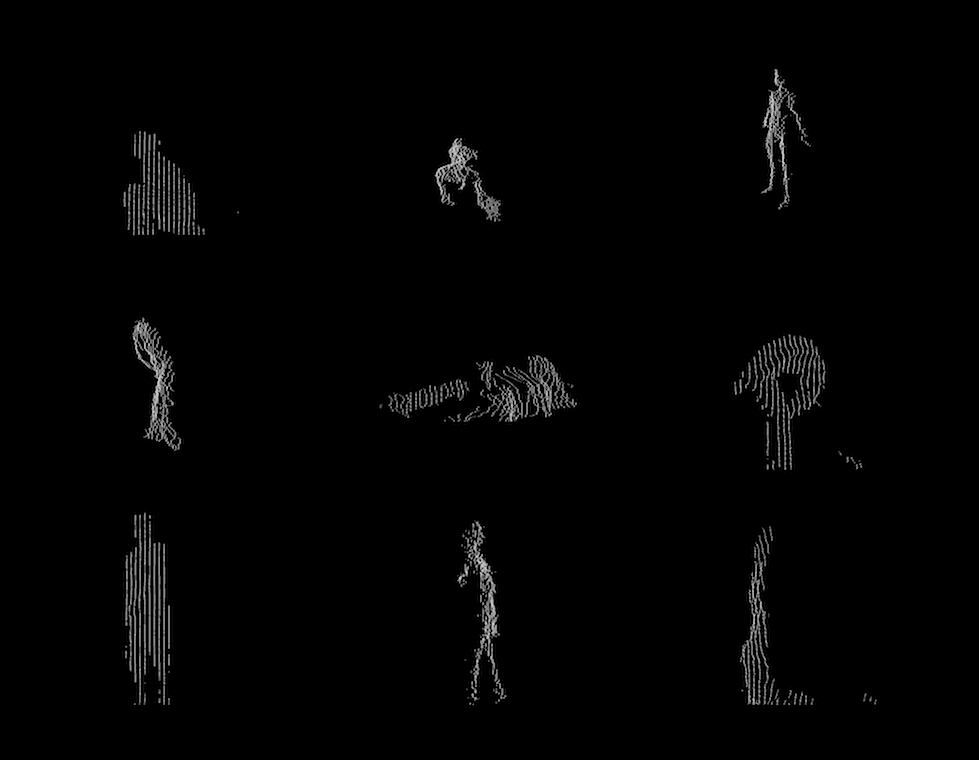
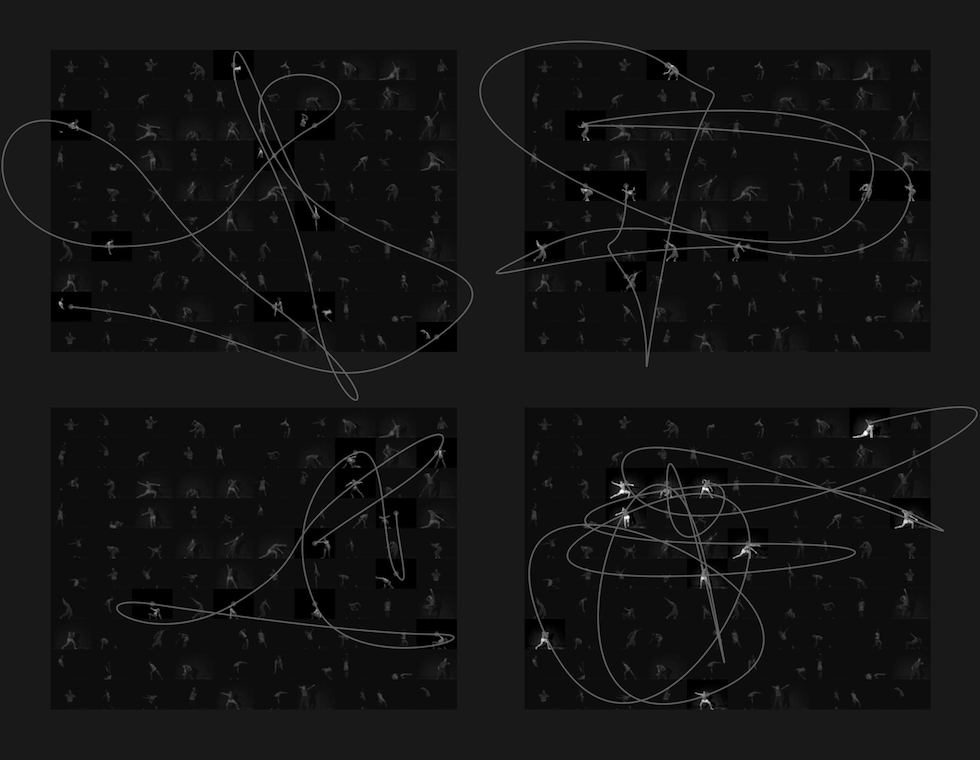
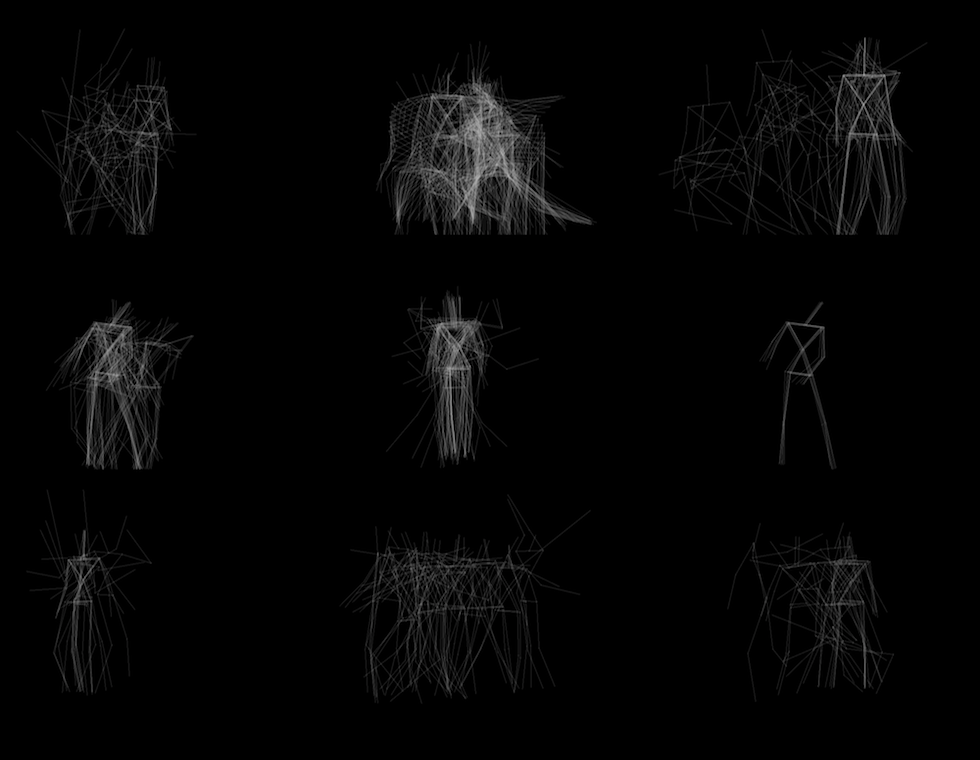
The title “Danco kaj la universala okulo” is Esperanto for “Dance for the universal eye”
Creator: Barton Poulson
University of Utah’s annual juried show, Williams Fine Art, Salt Lake City, UT
Shown 18-25 October 2012
Hello World
Collaborators: Barton Poulson, Jacque Lynn Bell, and dancers from Repertory Dance Theatre
Embark, Repertory Dance Theatre, Salt Lake City, UT
Performed 04-06 October 2012
Dots and lines and dance and all of us


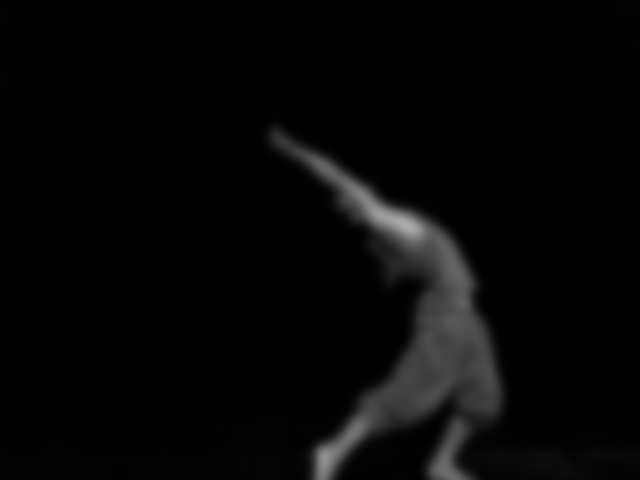
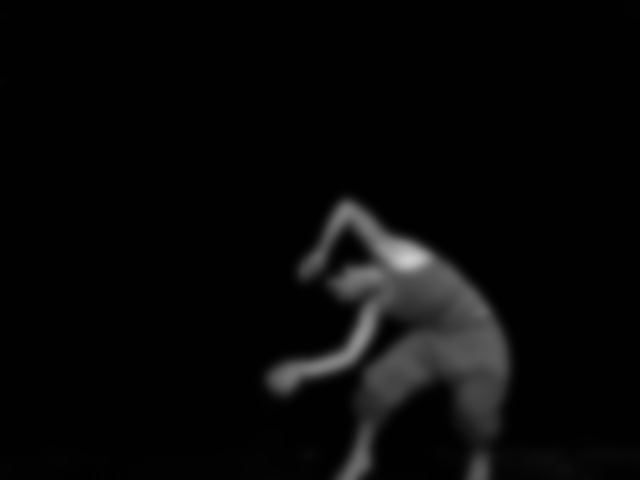
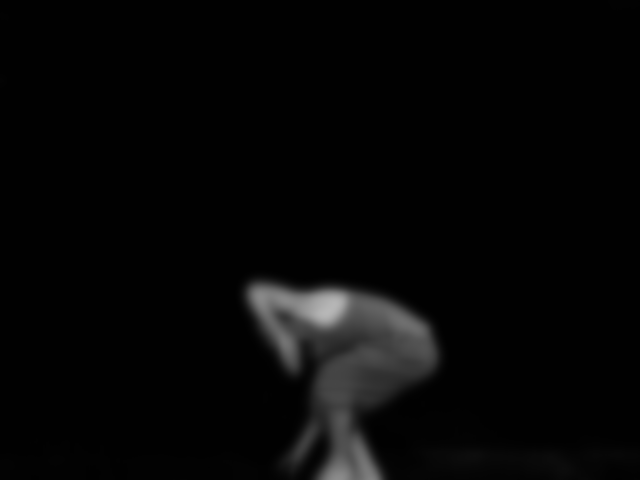
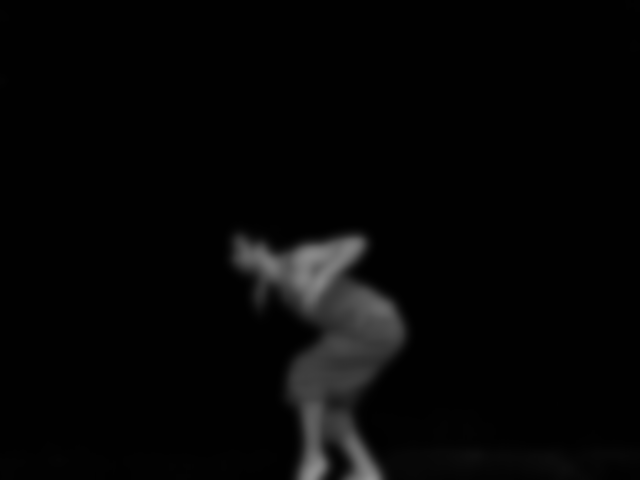
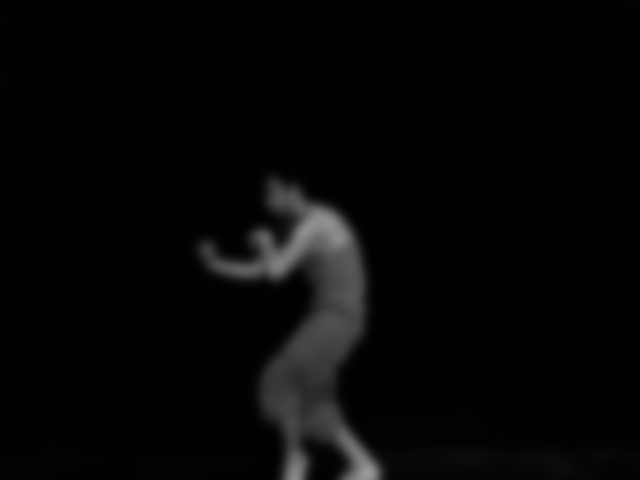
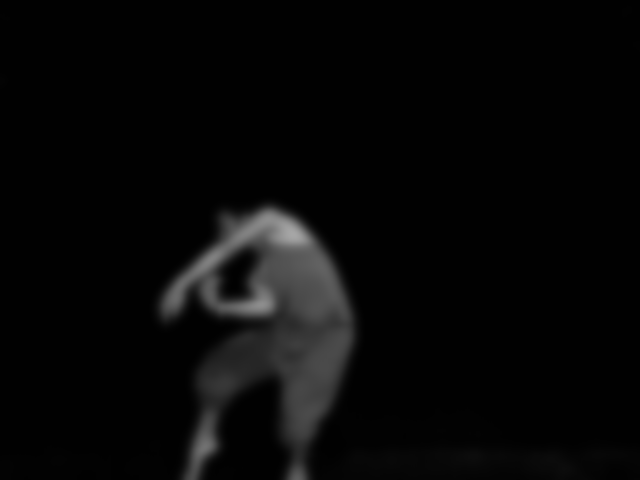
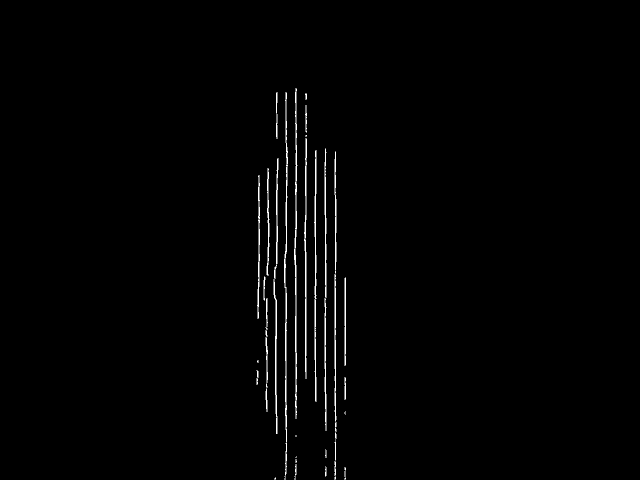
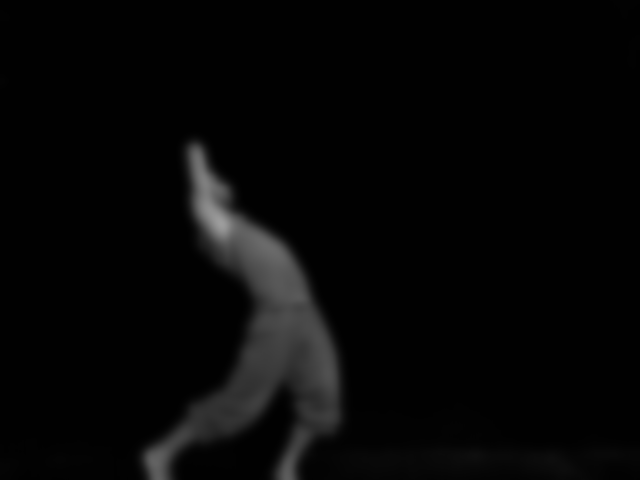

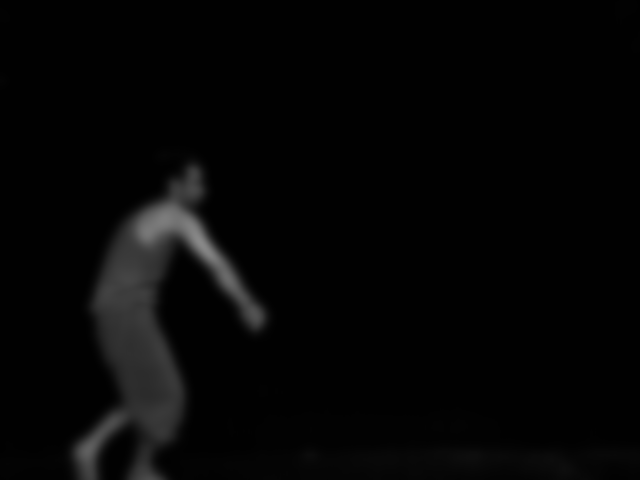
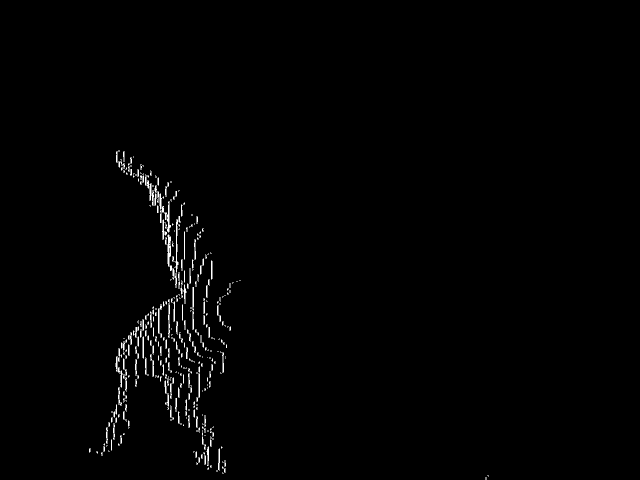
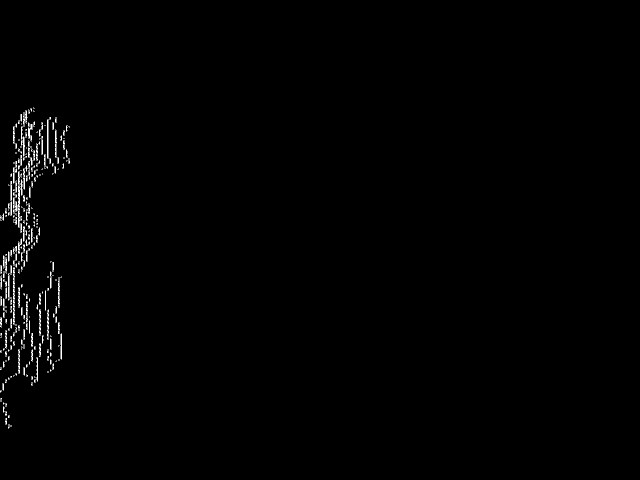
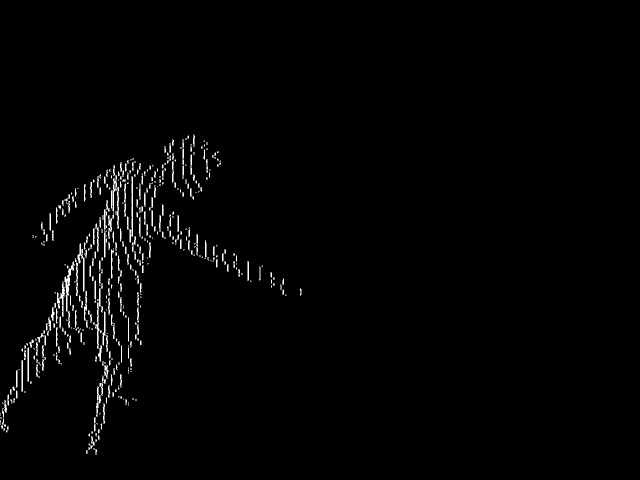
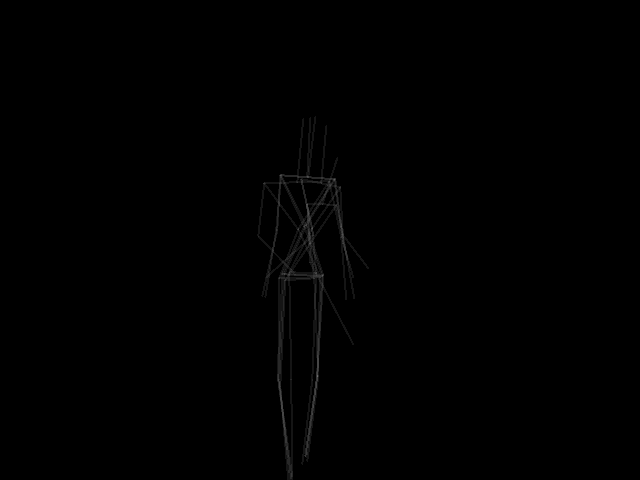

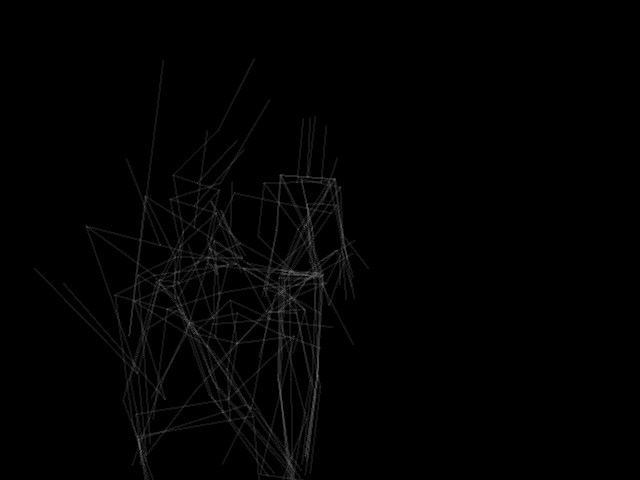
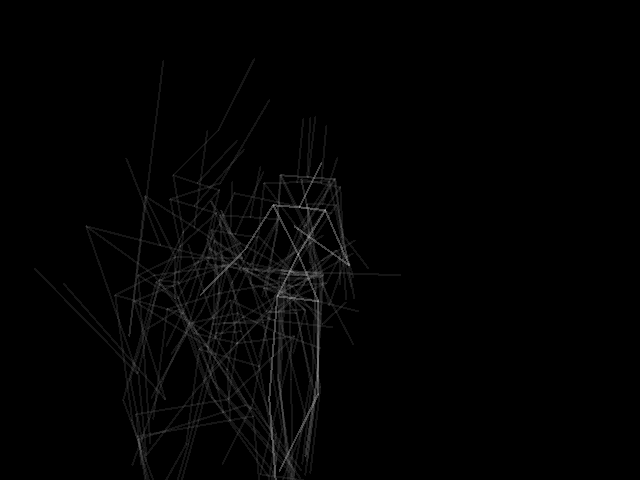
Collaborators: Barton Poulson, Jacque Lynn Bell, and dancers from the University of Utah
dig+it+art, the Arts Technology interdisciplinary capstone project show, University of Utah, Salt Lake City, UT
Shown 19 February 2012
Pillows
Collaborators: Jacque Lynn Bell, Barton Poulson, and dancers from Repertory Dance Theatre and community
Charette, Repertory Dance Theatre, Salt Lake City, UT
Performed 11 February 2012
